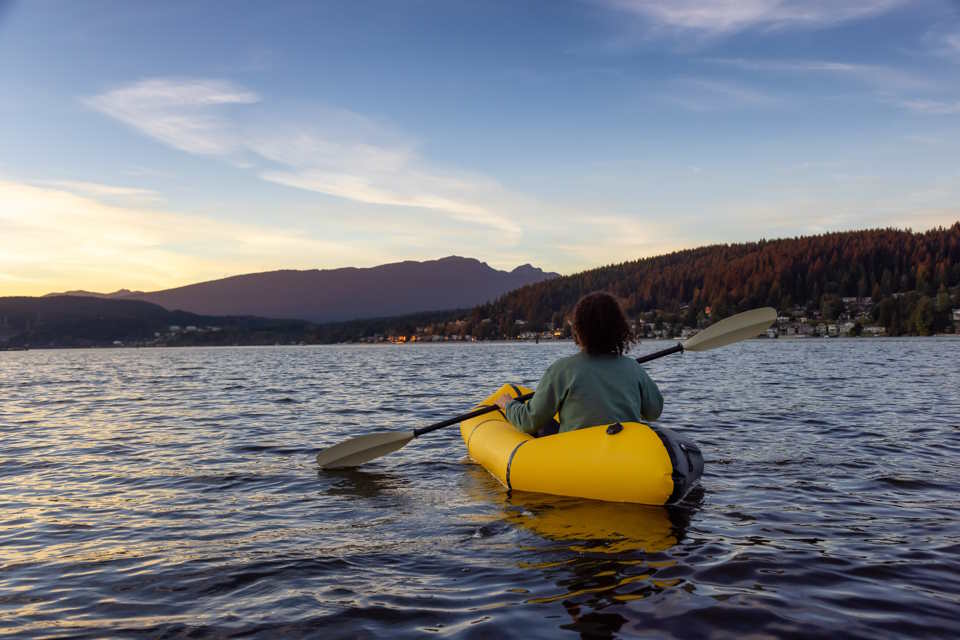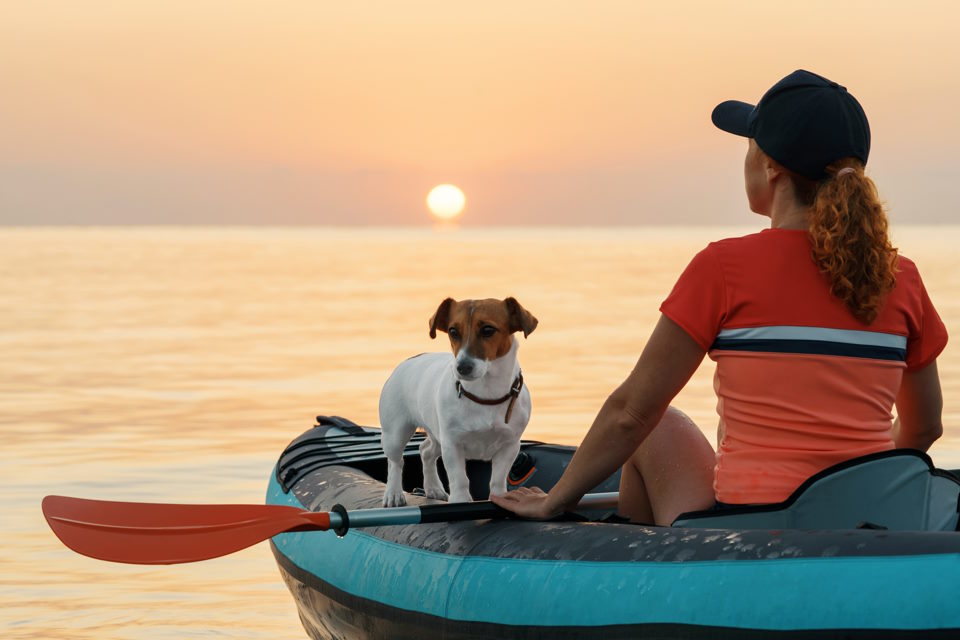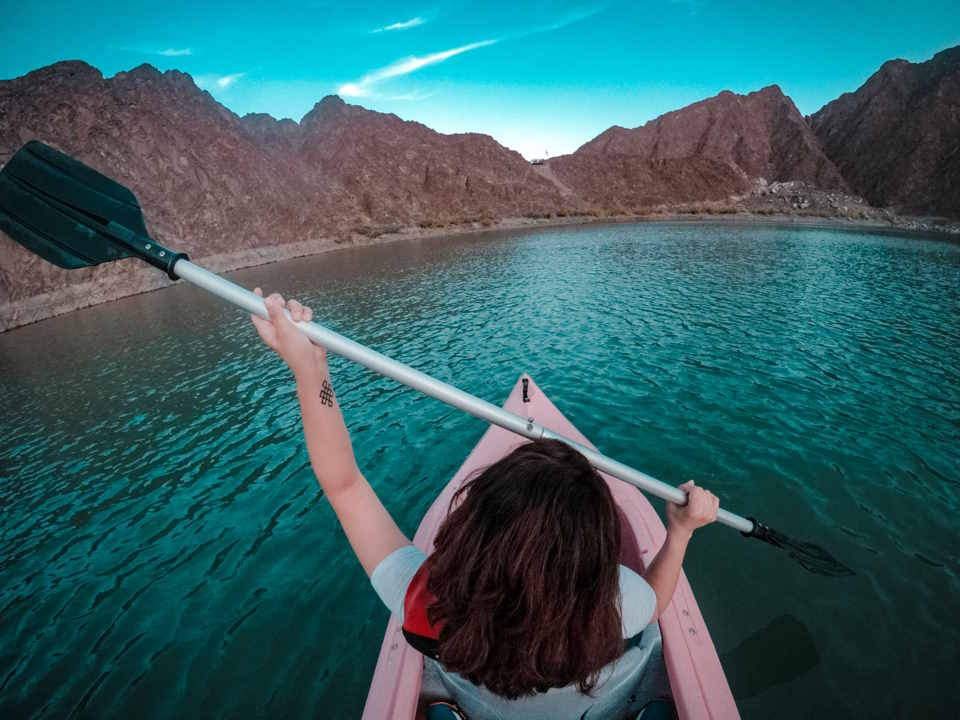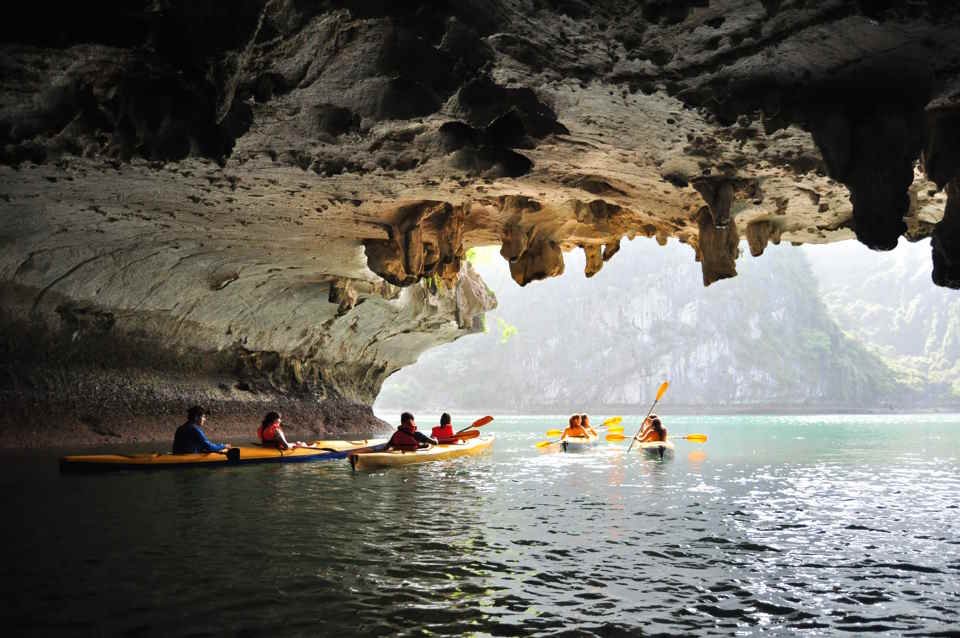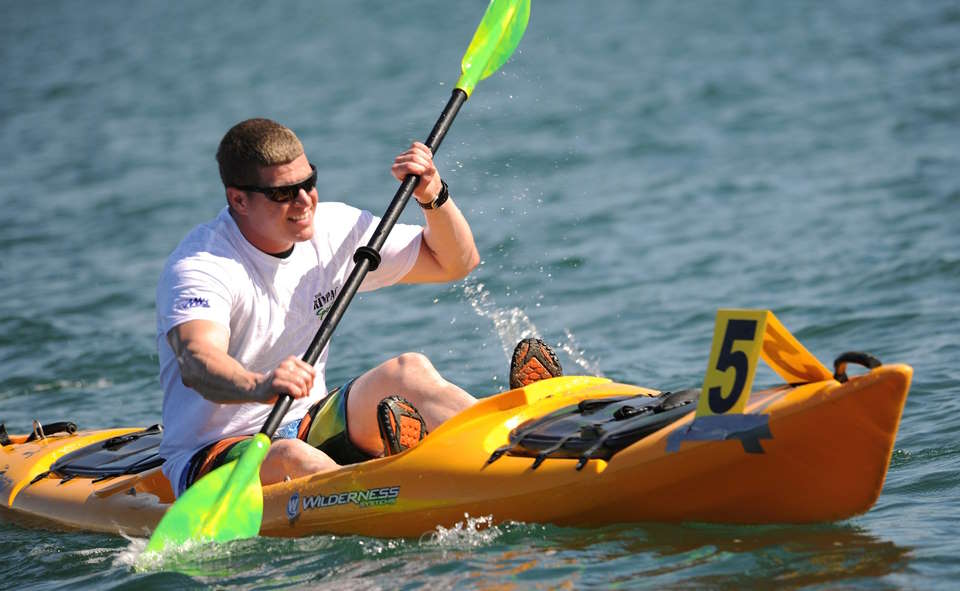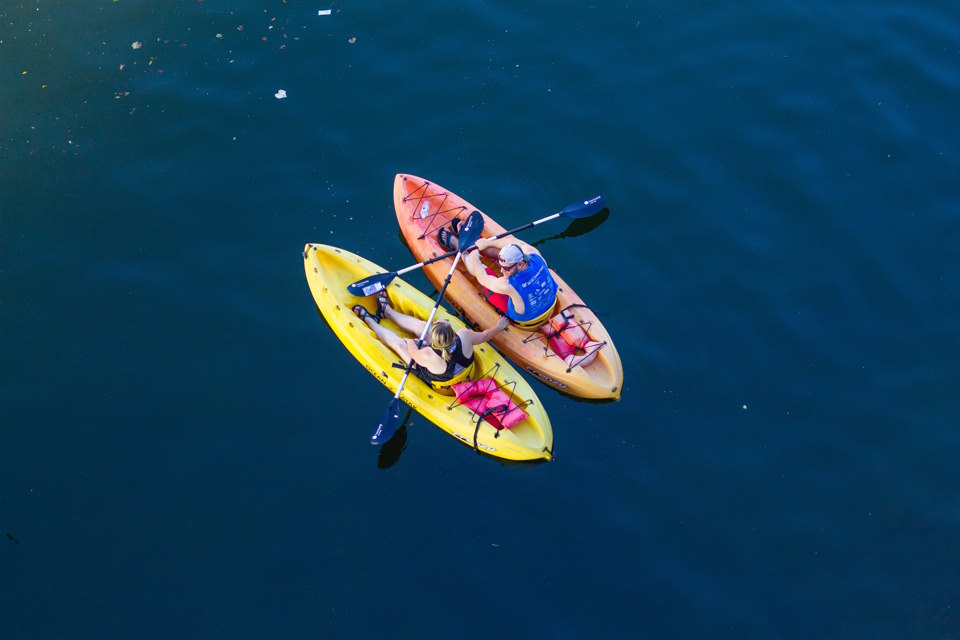Kayaking is a thrilling water sport that offers a unique and immersive experience in nature. Whether you’re a seasoned paddler or looking to take your skills to the next level, we will provide you with valuable insights and techniques. From perfecting your paddling strokes and enhancing stability through edging and bracing to mastering the art of rolling, we’ll guide you through the advanced techniques that will make you an expert kayaker. Additionally, you’ll learn strategies for navigating challenging whitewater and identifying hazards through advanced river reading. Get ready to take your kayaking skills to new heights!
1. Advanced Paddling Strokes: Perfecting Your Technique
Have you ever watched a skilled kayaker effortlessly glide through the water, smoothly navigating obstacles and effortlessly maneuvering their boat? It’s a sight to behold, and it all comes down to mastering advanced paddling strokes. Whether you’re a beginner looking to improve your technique or an experienced paddler aiming to take your skills to the next level, perfecting your paddling strokes is essential.
One of the most important advanced paddling strokes to master is the forward stroke. This stroke is the foundation of all your movements in the water and sets the rhythm for your entire kayaking experience. To execute a perfect forward stroke, start by sitting up straight in your kayak with your core engaged. Reach forward with your paddle, dipping the blade fully into the water, and pull it back towards your hip in a smooth, controlled motion. Remember to use your core and legs to add power to your stroke, rather than relying solely on your arms.
Another essential advanced paddling stroke is the sweep stroke. This stroke is particularly useful for making quick turns and adjusting your direction while on the water. To execute a sweep stroke, start with your paddle blade positioned at the front of your kayak, near your toes. Reach out to the side and angle your paddle away from the kayak. Then, use a sweeping motion to trace an arc in the water, bringing the paddle blade back towards your hip. This will help you change direction quickly and efficiently, especially in fast-moving water.
| Advanced Paddling Strokes | |
|---|---|
| Forward stroke | The foundation of all your movements in the water, mastering this stroke is crucial for efficient and smooth kayaking. |
| Sweep stroke | A useful stroke for making quick turns and adjusting your direction while on the water. |
| Brace stroke | A movement to maintain stability and prevent capsizing by using the paddle as a brace against the water. |
| Draw stroke | A stroke that enables you to move your kayak sideways by pulling the paddle towards the boat. |
| Rudder stroke | A technique to control your kayak’s direction by placing the paddle blade at the stern and using it as a rudder. |
2. Advanced Edging And Bracing: Enhancing Stability On The Water
Are you ready to take your kayaking skills to the next level? One area that can greatly improve your stability on the water is advanced edging and bracing. By mastering these techniques, you’ll be able to confidently navigate through challenging conditions and maintain control of your kayak. We’ll explore the benefits of advanced edging and bracing and provide you with some tips to enhance your stability on the water.
Firstly, let’s talk about edging. Edging refers to tilting your kayak on its side to increase your stability during maneuvers. It allows you to engage more of the edge of your kayak in the water, which in turn improves your control and responsiveness. Imagine tackling a rapid and needing to make a quick turn – by edging your kayak, you can easily lean into the turn and maintain your balance. It’s like dancing with the water, effortlessly gliding through the twists and turns.
Now, onto bracing. Bracing is a technique used to maintain stability and prevent capsizing in rough waters. It involves using your paddle as a support point to counterbalance the force of the water. By extending your paddle out to the side and placing the blade flat on the water’s surface, you create a strong base of support. When a wave or current pushes against you, you can lean into the brace, using your paddle as a lever to resist the force and keep your kayak upright. It’s like having a trusty friend keeping you steady in the unpredictable water.
- Practice makes perfect. Finding a calm and controlled environment to practice your edging and bracing techniques is key. Start with gentle turns and gradually increase the difficulty as you gain confidence. Remember, it’s okay to make mistakes – that’s how we learn and grow.
- Focus on your core. Your body’s core strength plays a crucial role in edging and bracing. Engage your core muscles to initiate the movement and maintain your balance. A strong core will help you stay stable and in control, no matter the conditions.
- Experiment with different paddle angles. The angle at which you hold your paddle can greatly affect your edging and bracing. Play around with different angles to find what works best for you. Remember to keep a firm grip and use your wrists to control the paddle’s position.
| Tips for Advanced Edging and Bracing: |
|---|
| 1. Find a calm practice environment |
| 2. Strengthen your core muscles |
| 3. Experiment with different paddle angles |
3. Mastering Rolling: Becoming Proficient In Eskimo Rolls
Have you ever watched experienced kayakers effortlessly perform eskimo rolls and wondered how they make it look so easy? Well, mastering the art of rolling takes time and practice, but once you’ve got it down, it’s an exhilarating feeling. We’ll explore the ins and outs of eskimo rolls and share some tips to help you become proficient in this advanced kayaking technique.
First and foremost, let’s clarify what an eskimo roll is. Essentially, it’s a self-rescue technique that allows kayakers to flip their kayak upright after capsizing without having to exit the boat. It involves using your body and paddle to generate enough leverage and momentum to roll the kayak back to its original position. While it may seem daunting at first, with dedication and perseverance, you’ll soon be rolling like a pro!
One of the key factors in mastering the eskimo roll is proper body positioning. Your body should be tucked forward, close to the kayak, with your head tilted down towards the cockpit. This position helps maintain a low center of gravity and allows you to use your hips as the primary source of rotation. Remember, confidence is key! The more relaxed and confident you feel, the easier it will be to execute a successful roll.
- Now, let’s talk about paddle placement. As you prepare to roll, your paddle plays a crucial role in generating the necessary force. Start by positioning your paddle perpendicular to the water’s surface, with one blade above the water and one below. This “butterfly” or “T” position creates stability and allows you to apply maximum leverage. As you initiate the roll, use your upper hand to drive the paddle towards the surface, while the lower hand pulls the paddle towards your body. This combination of upward and downward force will help you regain control of your kayak.
| The Eskimo Roll Process | Key Tips |
|---|---|
| 1. Tuck forward and tilt your head down | – Maintain a low center of gravity- Use your hips for rotation |
| 2. Position your paddle in the “T” or “butterfly” position | – One blade above the water, one below- Apply upward and downward force |
| 3. Initiate the roll by driving the paddle towards the surface | – Use your upper hand to push up- Pull the paddle towards your body with your lower hand |
| 4. Continuously use your body and paddle to rotate the kayak | – Keep your body taut and engaged- Maintain steady momentum |
| 5. Complete the roll and bring yourself back up into a seated position | – Stay focused and keep practicing!- Don’t be discouraged by initial failed attempts |
Remember, mastering the eskimo roll takes time and patience. Don’t get discouraged if you don’t nail it on your first try. Practice in a controlled environment, such as a pool or calm lake, where you feel safe and comfortable. Consider seeking guidance from an experienced kayaker or even signing up for a rolling class. With dedication and the right technique, you’ll soon be performing eskimo rolls with confidence and style!
4. Navigating Challenging Whitewater: Strategies For Expert Paddlers
Kayaking is a thrilling and adrenaline-pumping sport that attracts adventure enthusiasts from all over the world. While paddling on calm lakes and gentle rivers can be fun, many expert paddlers seek the exhilaration of navigating challenging whitewater. As the water rushes and crashes against the rocks, expert paddlers need to employ various strategies to navigate through these treacherous rapids. We will explore some essential techniques and tips for expert paddlers to successfully navigate challenging whitewater.
One of the most important strategies for navigating challenging whitewater is having a strong and efficient paddling technique. To maneuver through rapids, expert paddlers need to have precise control over their strokes. The use of advanced paddling strokes is crucial in maintaining the right course and speed. One such stroke is the high brace, which involves thrusting the paddle blade downward against the water to prevent capsizing. Another important stroke is the sweep stroke, which is used for quick turns and changing directions.
Another key aspect of navigating challenging whitewater is having excellent balance and stability on the water. This is where advanced edging and bracing techniques come into play. Edging refers to tilting the kayak on its side, which allows paddlers to maneuver smoothly and maintain stability in turbulent water. Bracing is the technique of using the paddle as a brace against the water to counterbalance the force of the current. These techniques are essential for expert paddlers to stay upright and avoid flipping over in challenging whitewater.
- Alongside advanced paddling techniques, expert paddlers need to master the art of rolling. An eskimo roll is a technique used to quickly right a capsized kayak without exiting the boat. This skill is particularly useful in challenging whitewater situations where paddlers may frequently find themselves upside down. It involves using a combination of body movement and paddle placement to roll the kayak back into an upright position. Practice and repetition are key to becoming proficient in eskimo rolls, as they require precise timing and coordination.
- In addition to mastering strokes, edging, bracing, and rolling, expert paddlers must possess superior skills in reading the river. Identifying hazards and understanding the flow of the water is crucial for successful navigation. Expert paddlers must learn to analyze the speed, direction, and volume of the current to choose the best route through the rapids. They also need to be able to recognize potential obstacles, such as rocks or submerged tree branches, and make split-second decisions to avoid them. An experienced paddler’s ability to read the river can ultimately be the difference between a successful run and a dangerous mishap.
| Summary: | Kayaking |
|---|---|
| Difficulty: | Advanced |
| Main Techniques: | Paddling strokes, edging and bracing, rolling, river reading |
| Requirements: | Strong paddling skills, balance and stability, whitewater experience |
5. Advanced River Reading: Identifying And Maneuvering Through Hazards
Kayaking is an exhilarating outdoor activity that allows you to connect with nature while enjoying a thrilling adventure on the water. While many people enjoy leisurely kayaking on calm rivers or lakes, there is a whole other level of excitement that comes with advanced river reading. We will explore the art of identifying and maneuvering through hazards in fast-flowing rivers, taking your kayaking skills to the next level.
One of the most important skills to master when it comes to advanced river reading is the ability to identify hazards. These hazards can come in various forms, such as obstacles like fallen trees or rocks, strong currents, or even hidden underwater features. By keeping a keen eye out for these potential dangers, you can navigate through the river with confidence and avoid any mishaps. Remember, the key is to always stay alert and be aware of your surroundings.
Once you have identified the hazards in the river, it’s time to put your maneuvering skills to the test. Using advanced paddling strokes, you can navigate through these obstacles with finesse and precision. One technique that is particularly useful in fast-flowing rivers is the draw stroke. This stroke allows you to quickly change the direction of your kayak by pulling the paddle blade towards the boat. By combining this with other advanced strokes, like the sweep stroke or the low brace, you can effectively maneuver through tight spots and challenging sections of the river.
| Common Hazards to Look Out For: | How to Maneuver Through: |
|---|---|
|
|
|
|
|
|
Remember, advanced river reading takes time and practice to perfect. It’s important to start with smaller, less challenging rivers and gradually work your way up to more difficult ones. Additionally, it’s highly recommended to take advanced kayaking courses or go on guided trips with experienced instructors who can teach you the necessary skills and provide valuable insights into reading rivers.

